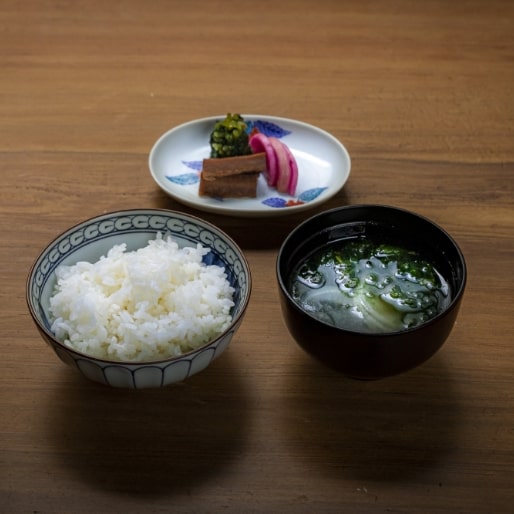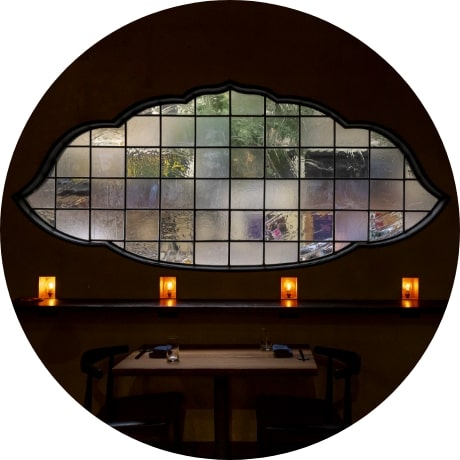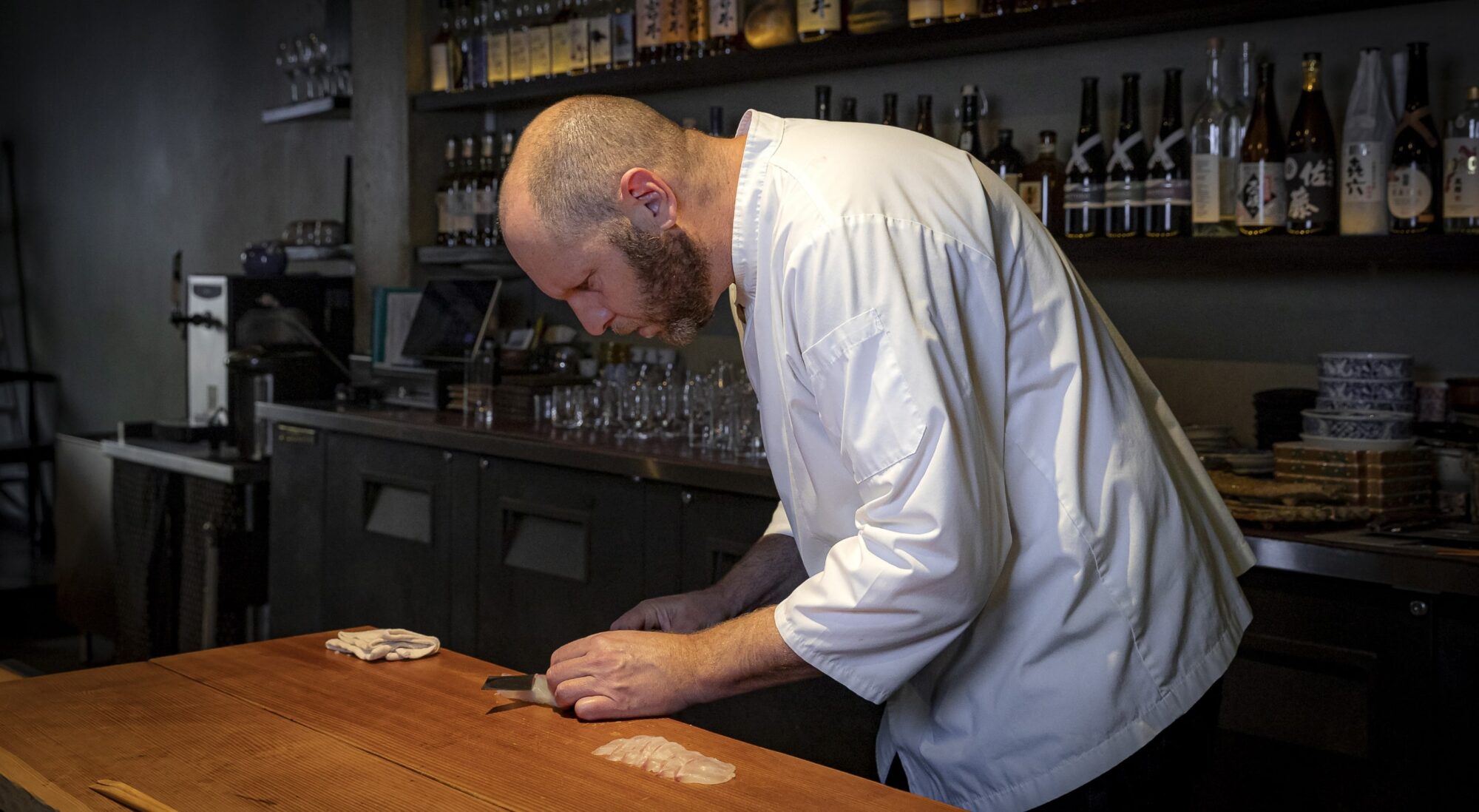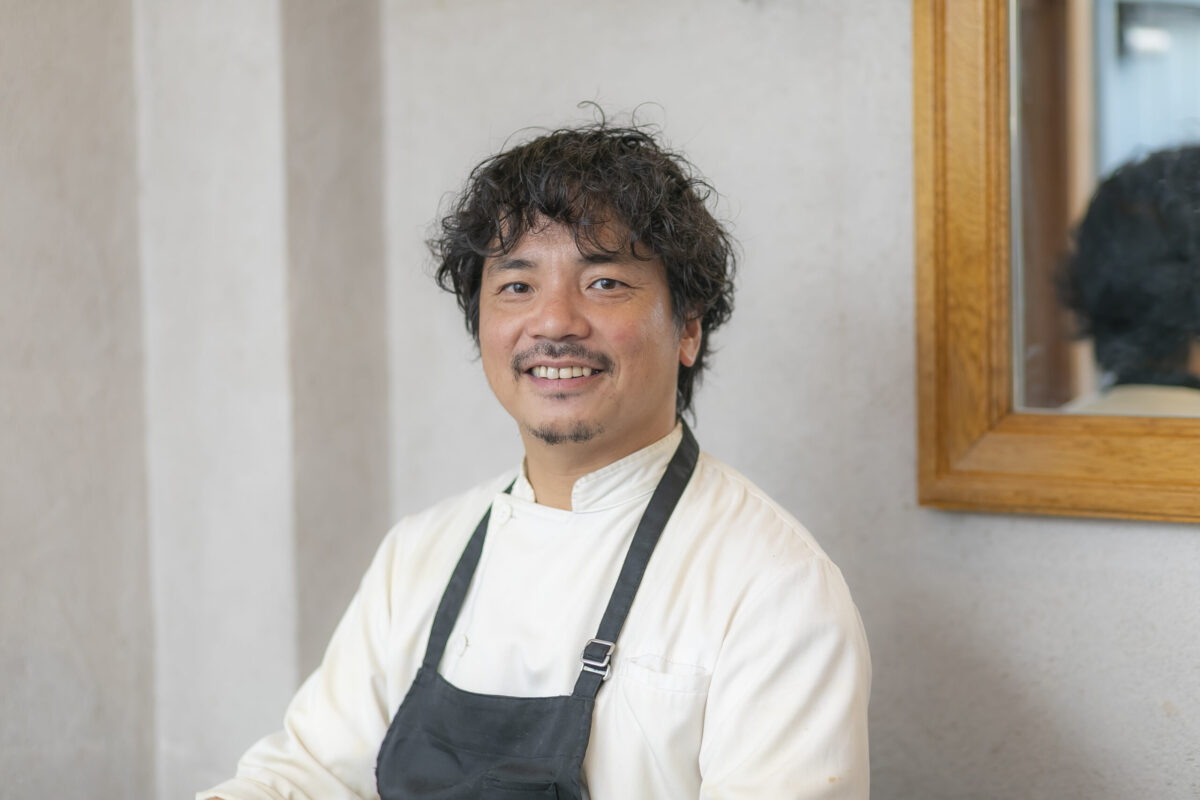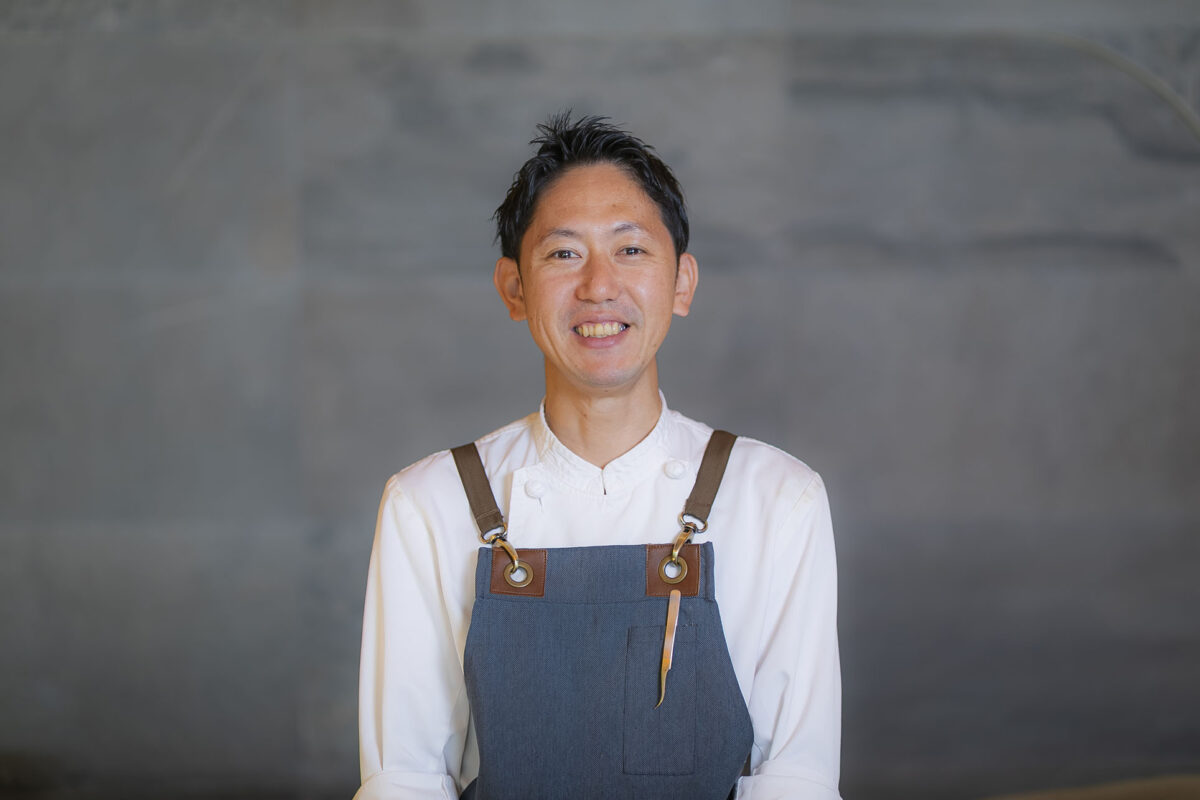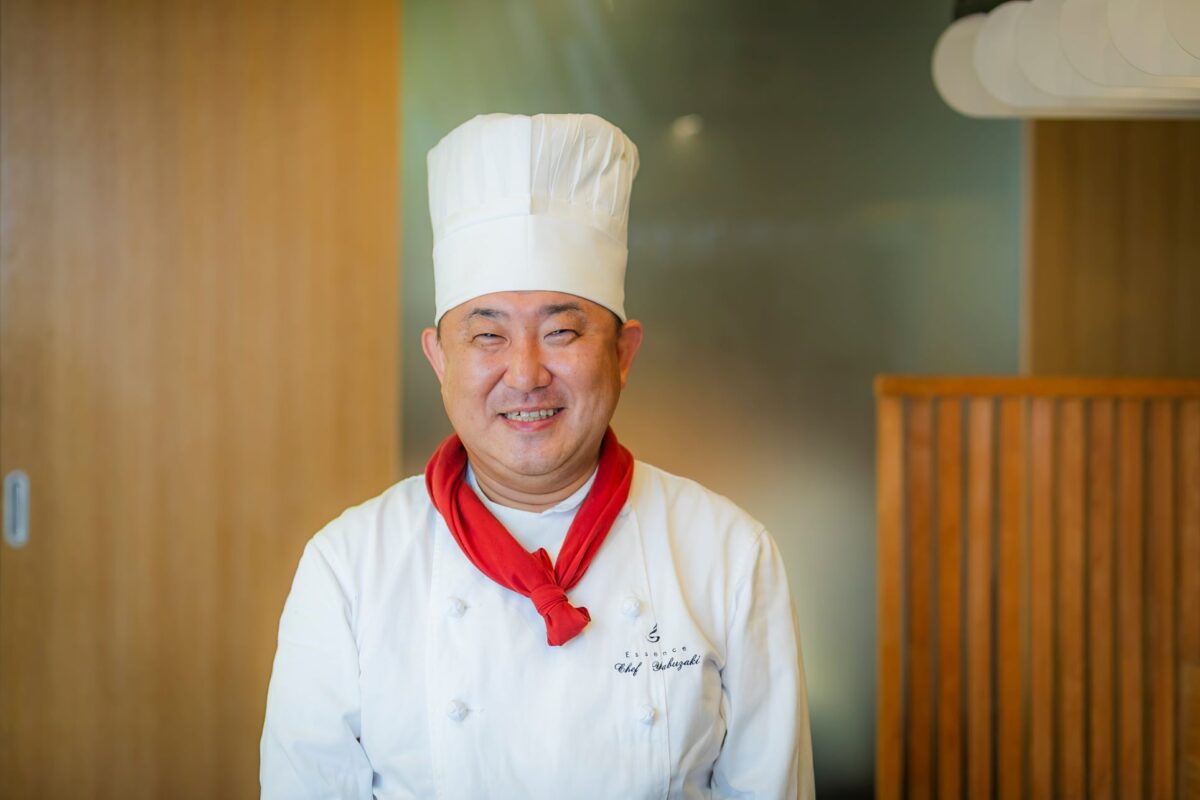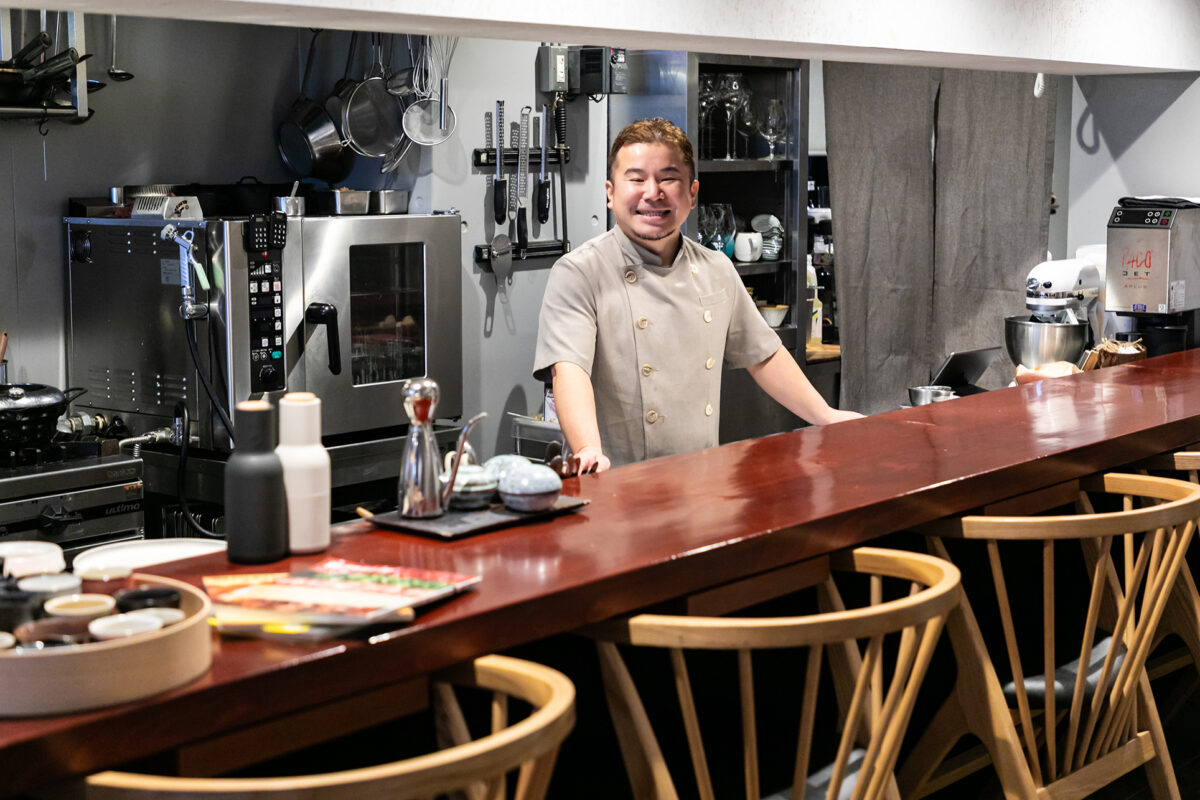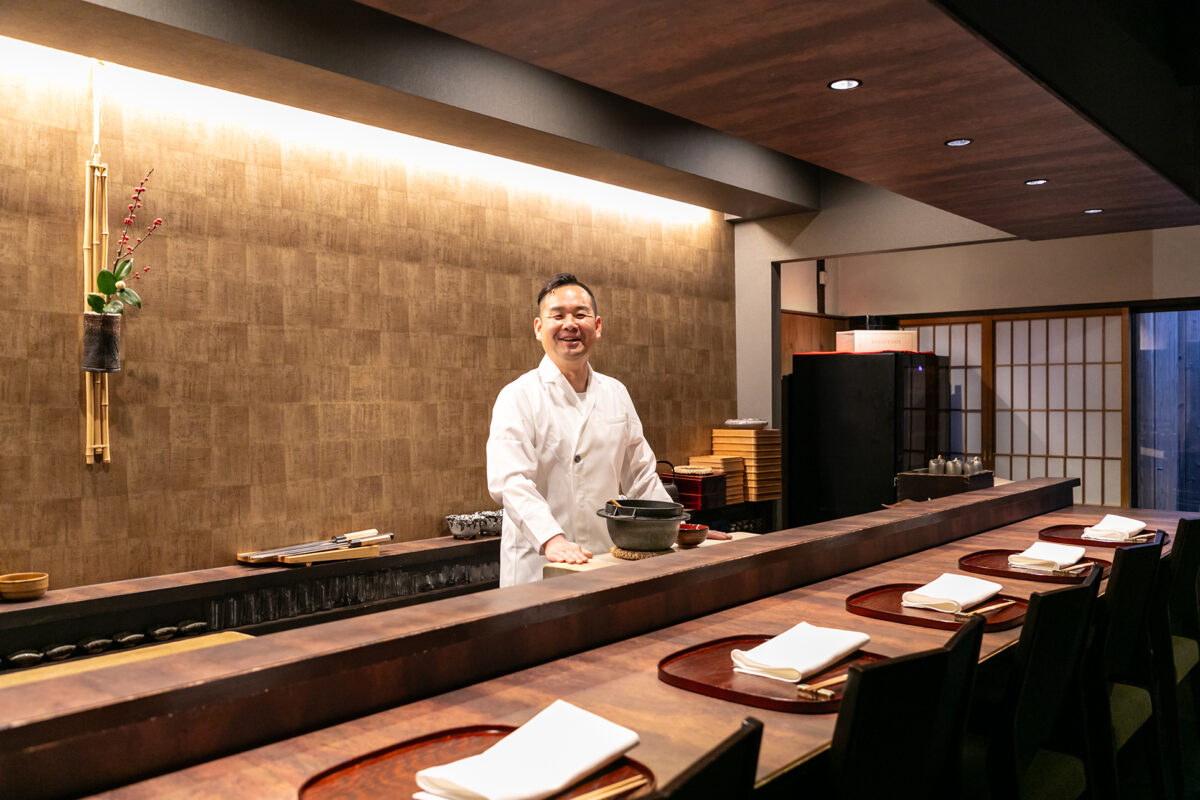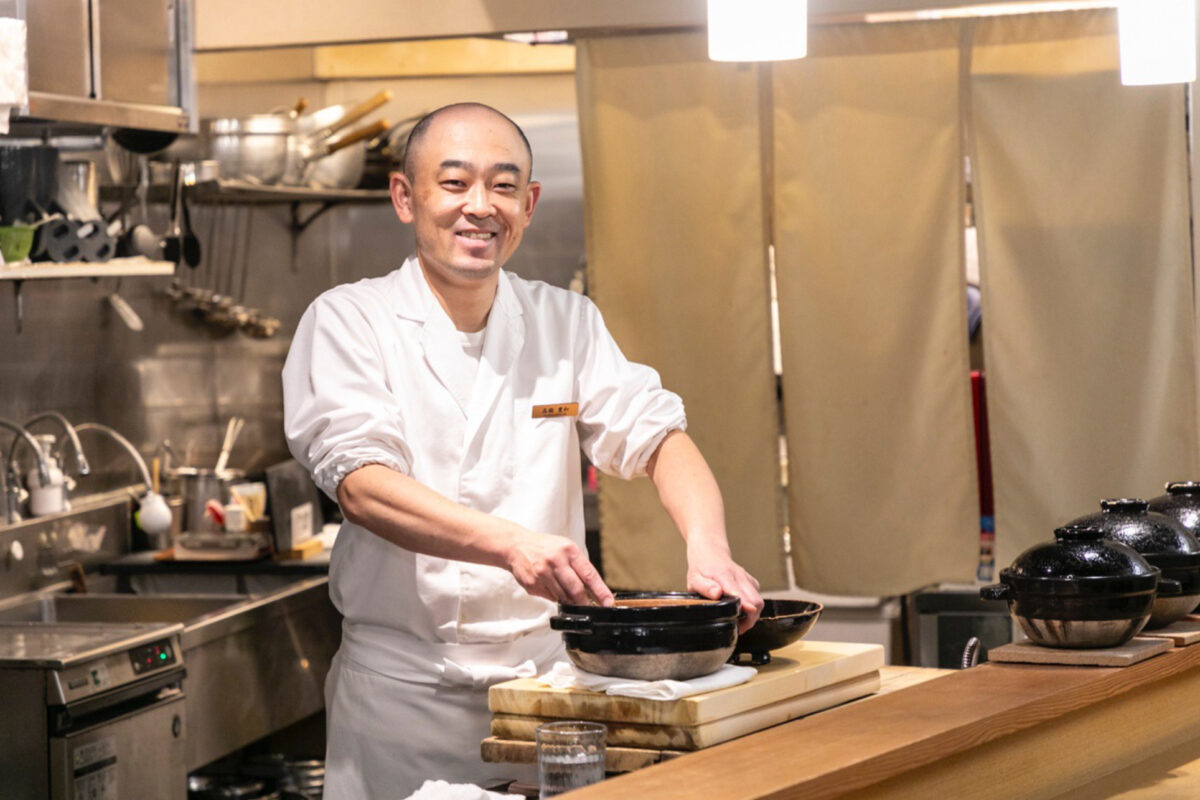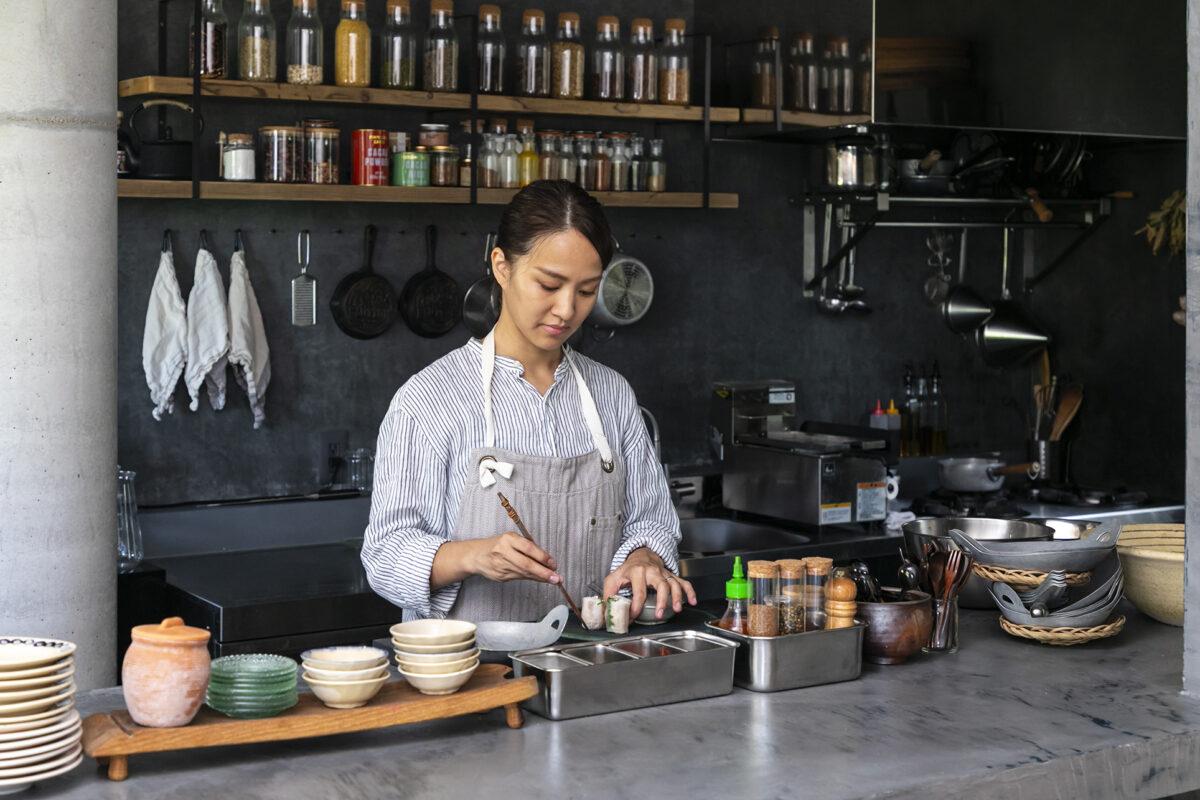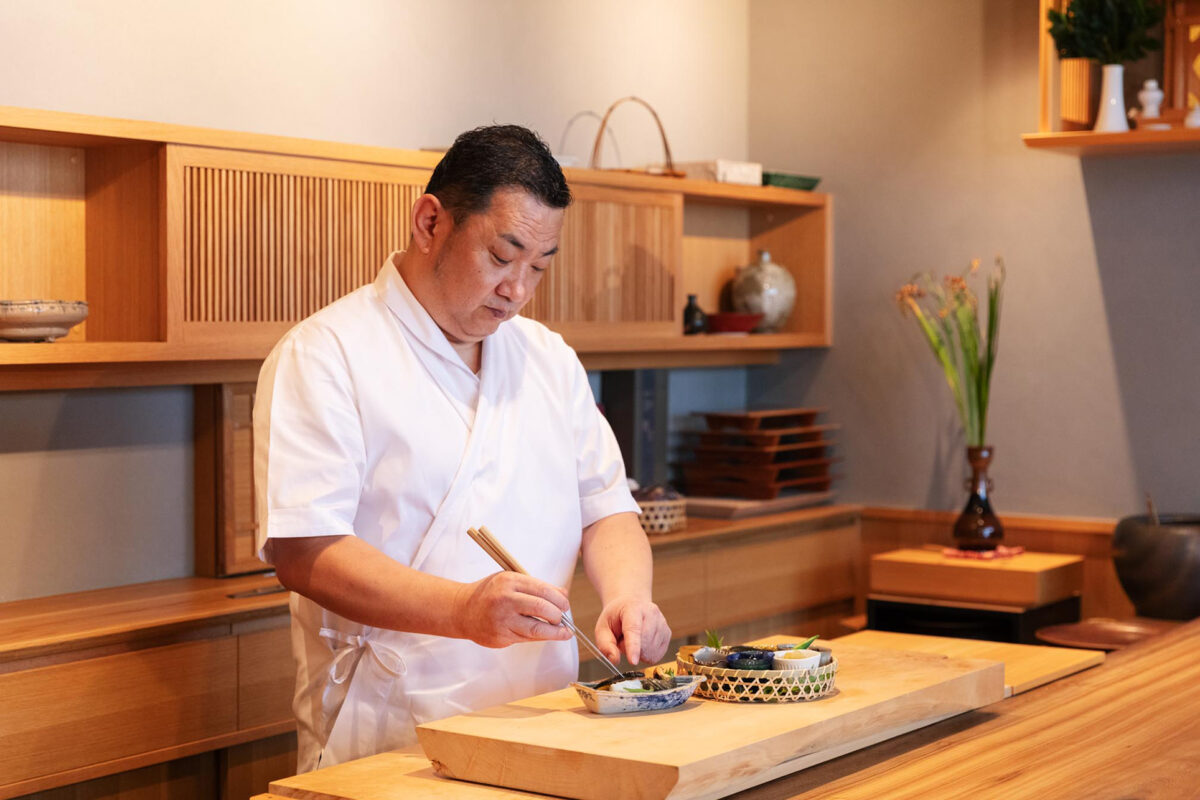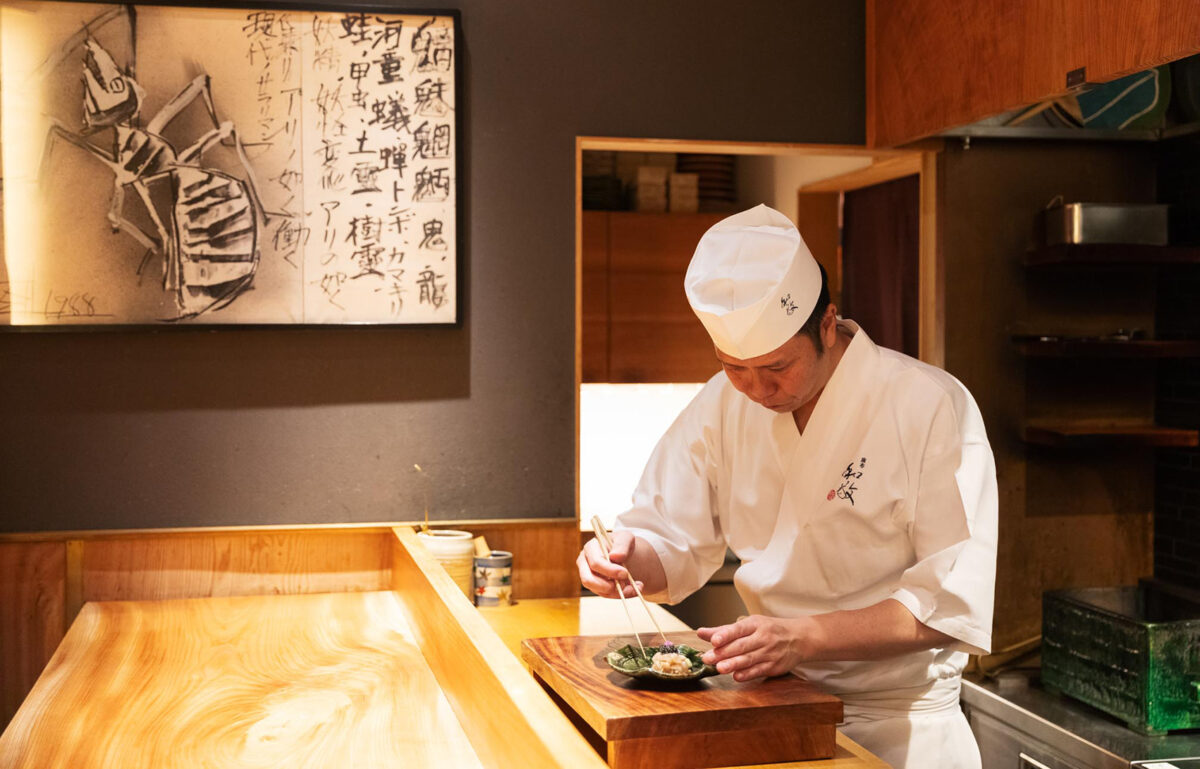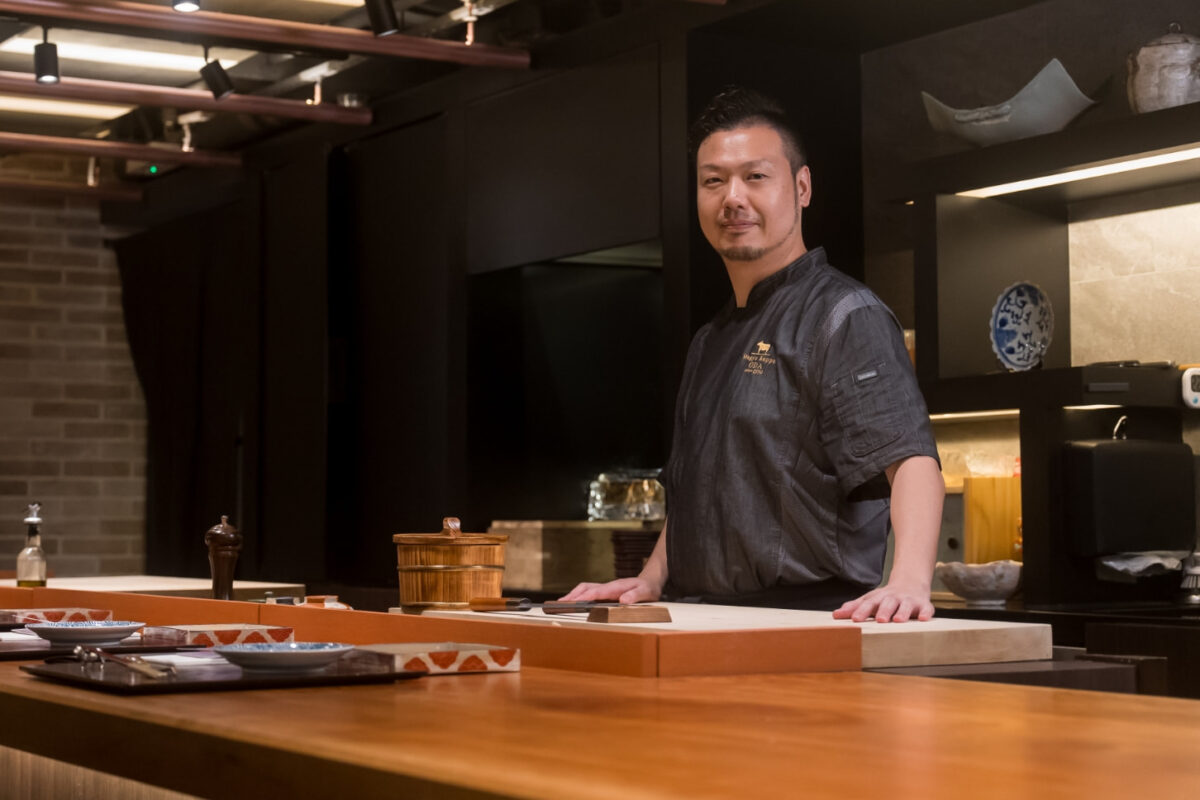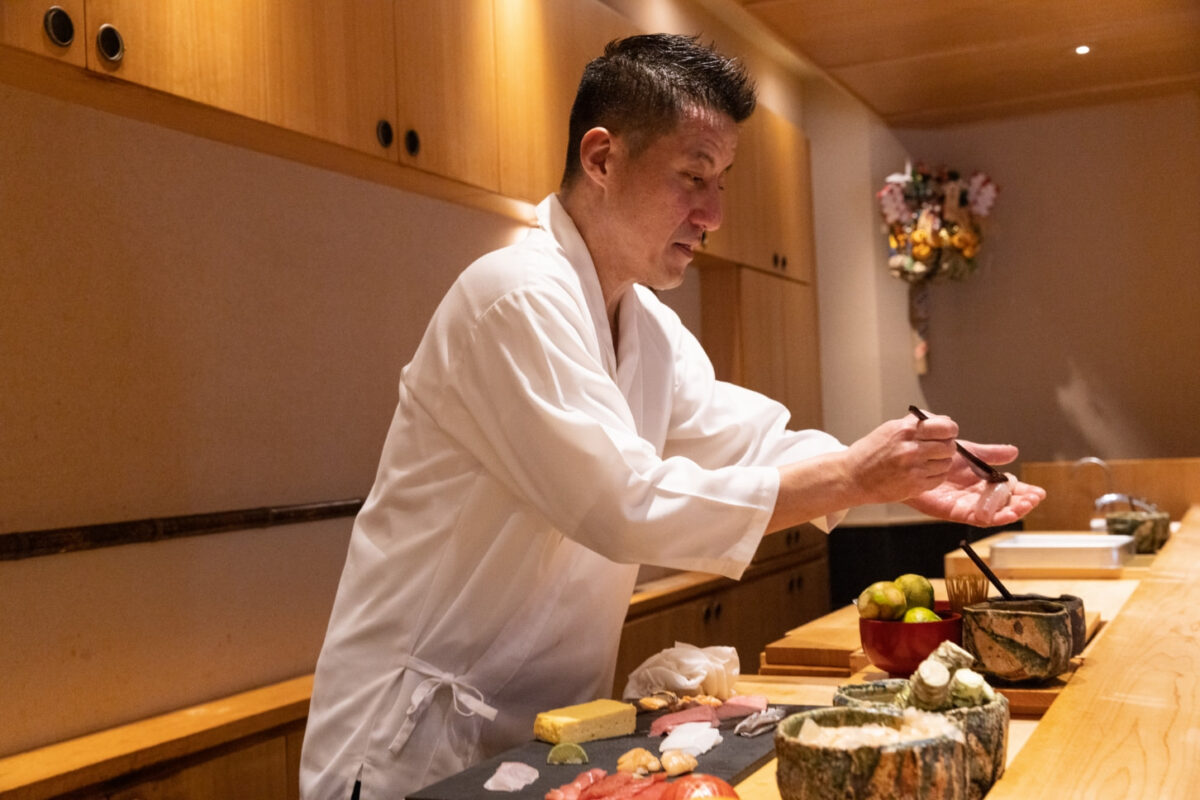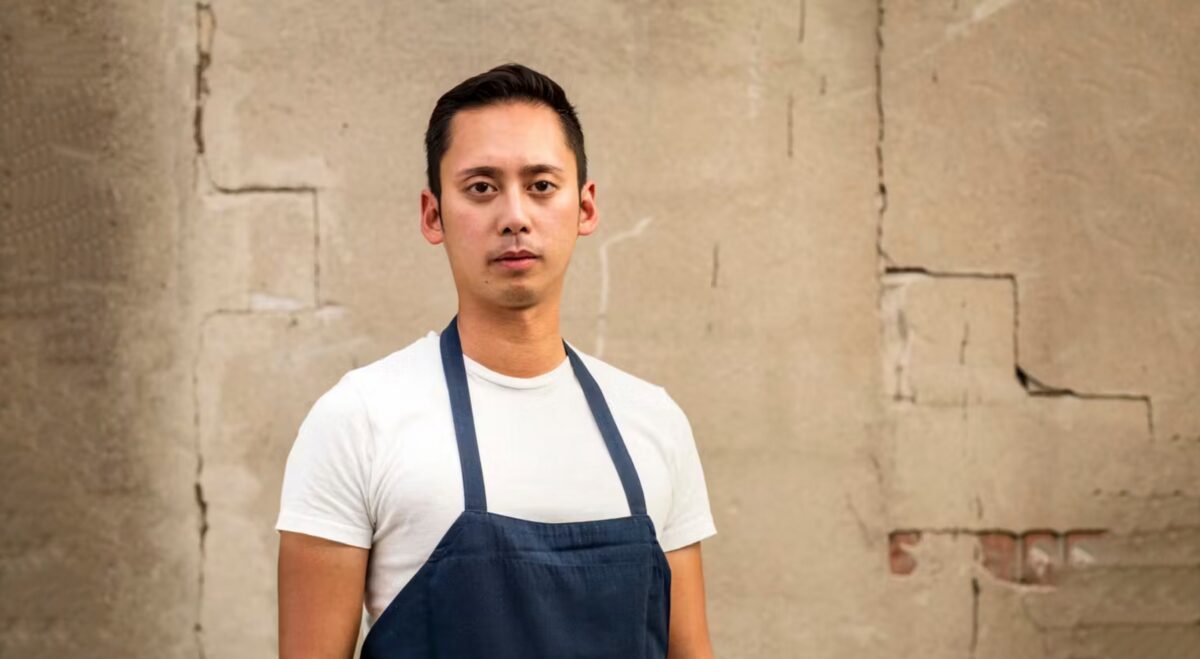SHIBUMI
Delivering Japanese food culture to American customers with methods that stick to the basics and carefully chosen ingredients
SHIBUMI is a Japanese restaurant that combines ingredients imported directly from Japan and locally produced ingredients in traditional kaiseki dining. The late legendary food critic Jonathan Gold said that Shibumi in DTLA feels like a Tokyo restaurant, and the now-famous restaurant became critically acclaimed immediately after its opening. The inconspicuous popular menu item at SHIBUMI that faithfully reproduces the spirit of Japanese cuisine dating back to Sen no Rikyu in an LA space is the very basic rice and miso soup. David says, “This country does not see rice as a central player, and I want as many people as possible to discover the delicious taste of rice.” GINGA NO SHIZUKU rice from Iwate, Japan, cooked with soul by David is popular among customers of his restaurant.

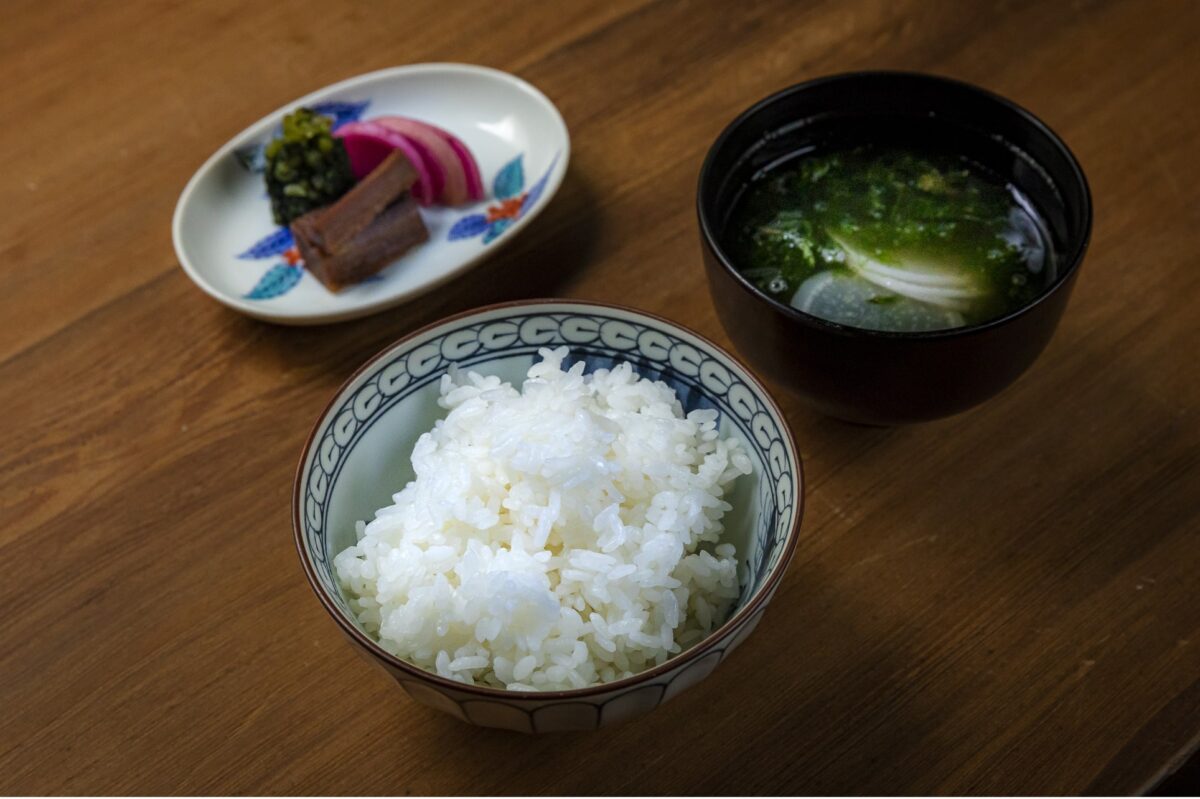
I was originally a French chef, but a brief visit to Japan changed everything
My origin story for becoming a chef of Japanese cuisine was when I traveled to Japan in 2000. In fact, my friend and I were heading to Thailand, and Japan was just a three-day stopover on the way. That three-day visit ended up changing my life. The people I met in Japan, Buddhist culture, and above everything, the excellence of Japanese food knocked me out, and it was truly the perfect experience. What hit me the most was the sushi I ate in Tsukiji. I had eaten sushi in the US, and I honestly thought this was something completely different. I thought, “So this is the real thing,” and was shocked, and the experience made me want to learn more about and pursue Japanese cuisine.
I was a French chef at the time, but that short trip to Japan became the turning point, and I decided to start training at a Japanese restaurant in Japan. During my training, I learned about the depth of Japanese food, and that this depth was the key to the extremely simple and savory flavors. French cuisine uses a lot of butter and cream, but Japanese cuisine creates richly profound flavors without any of that. That is why I use the best ingredients and stick to the basics, working very meticulously. I extensively learned those things in my training in Kyoto and Tokyo in Japan. It also further strengthened my desire to study Japanese cuisine.
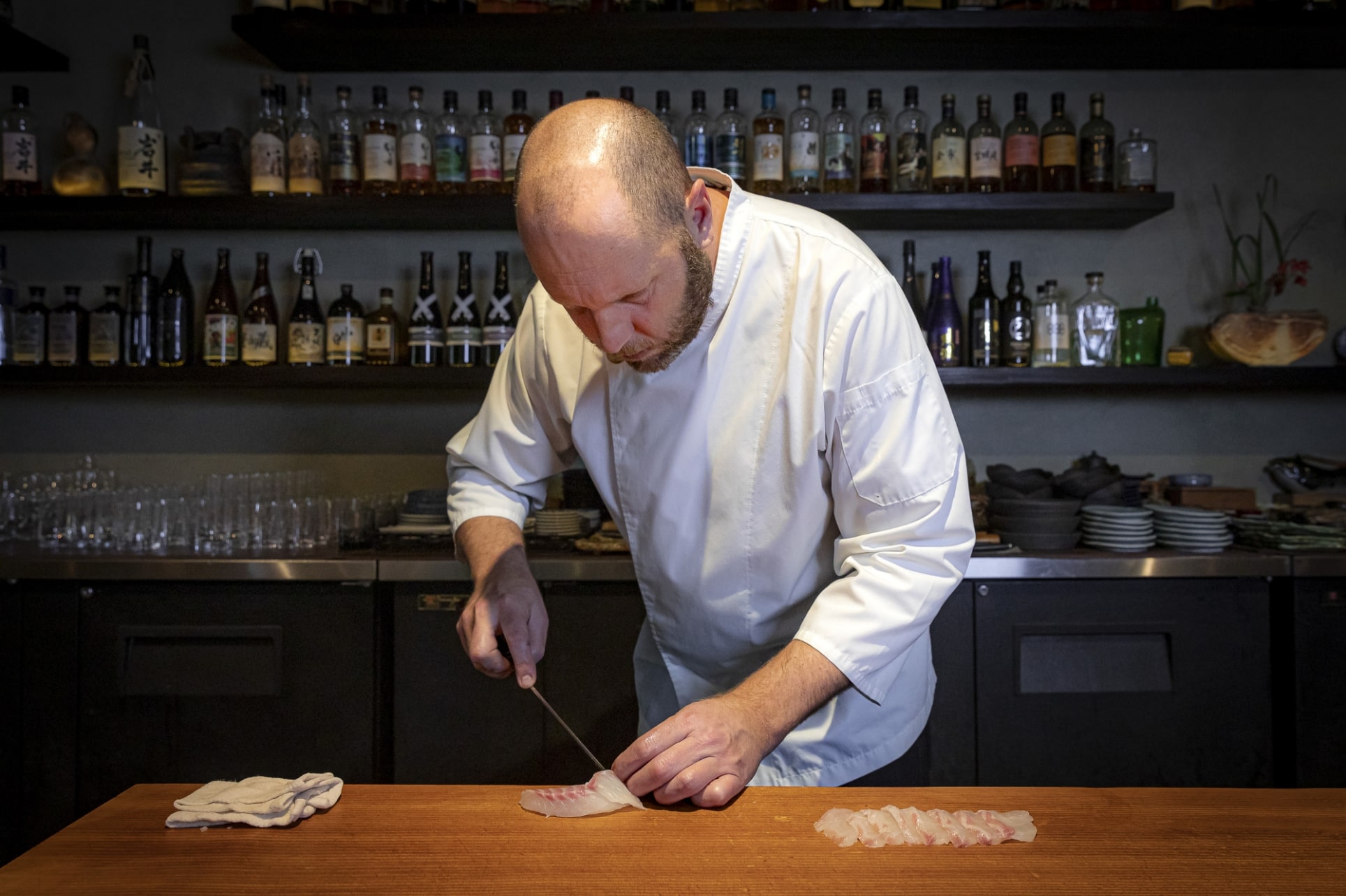
Traditional Japanese cuisine that is a joy to non-Japanese customers, too
I opened SHIBUMI in Downtown LA in 2016. The secret to its success? I believe it is that we consistently choose only the highest quality ingredients without compromising. Looking back, it was a continuous challenge. It was during a time when the number of Japanese people in LA was declining, and so most of the customers were Americans and other Asians like Chinese and Korean people—very few of our customers were Japanese. And so, traditional Japanese cuisine that differs from flashy fusion-style sushi should have been difficult to understand for non-Japanese customers.
Yet, I just stuck to the basics. Take, for example, teriyaki chicken, which is popular in Japanese restaurants in the US. I studied it thoroughly, and our teriyaki chicken is made with a recipe that is based on the methods Japanese people would have used long ago to charcoal grill chicken at the fireside. It is really popular with customers.
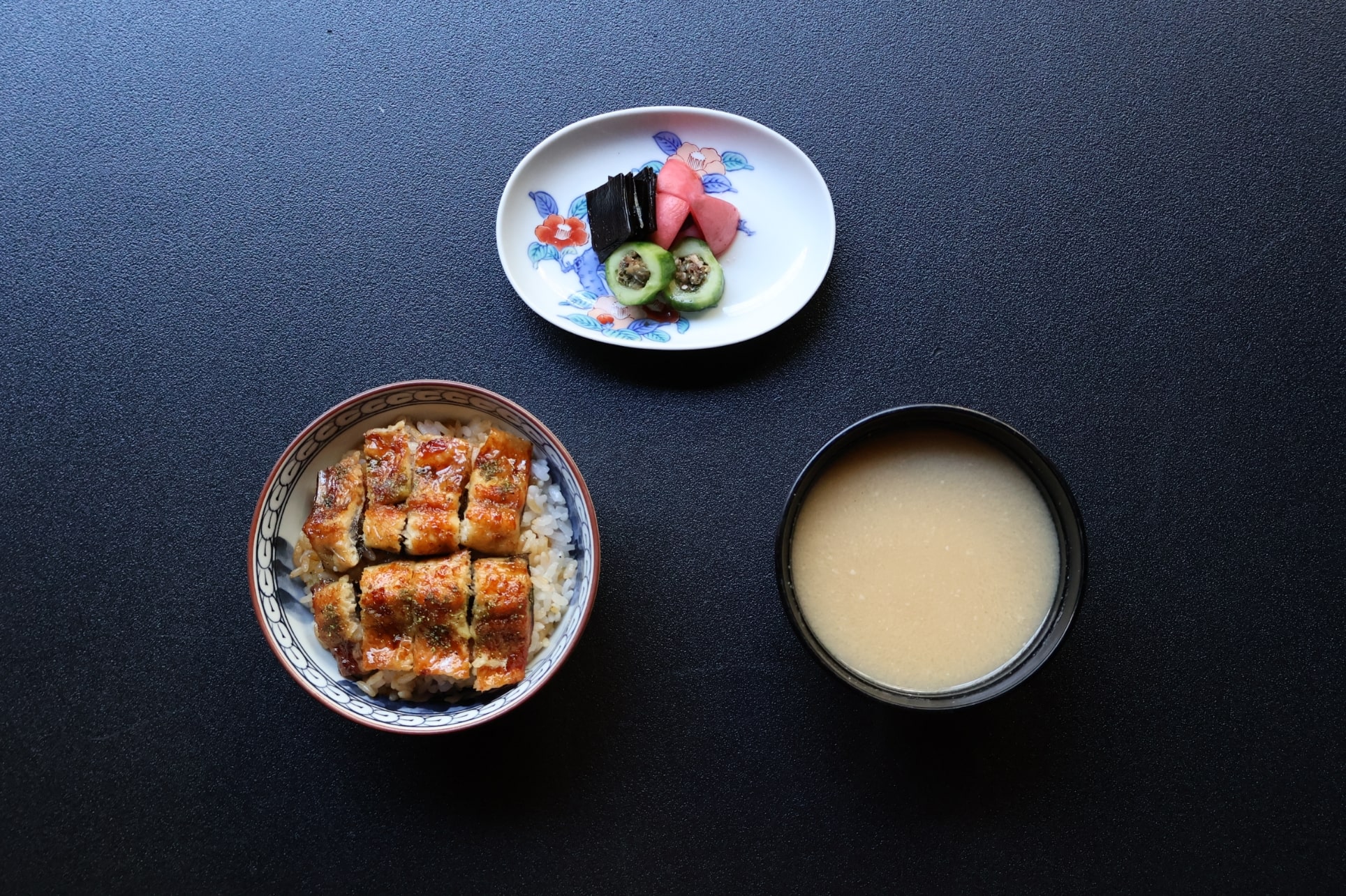
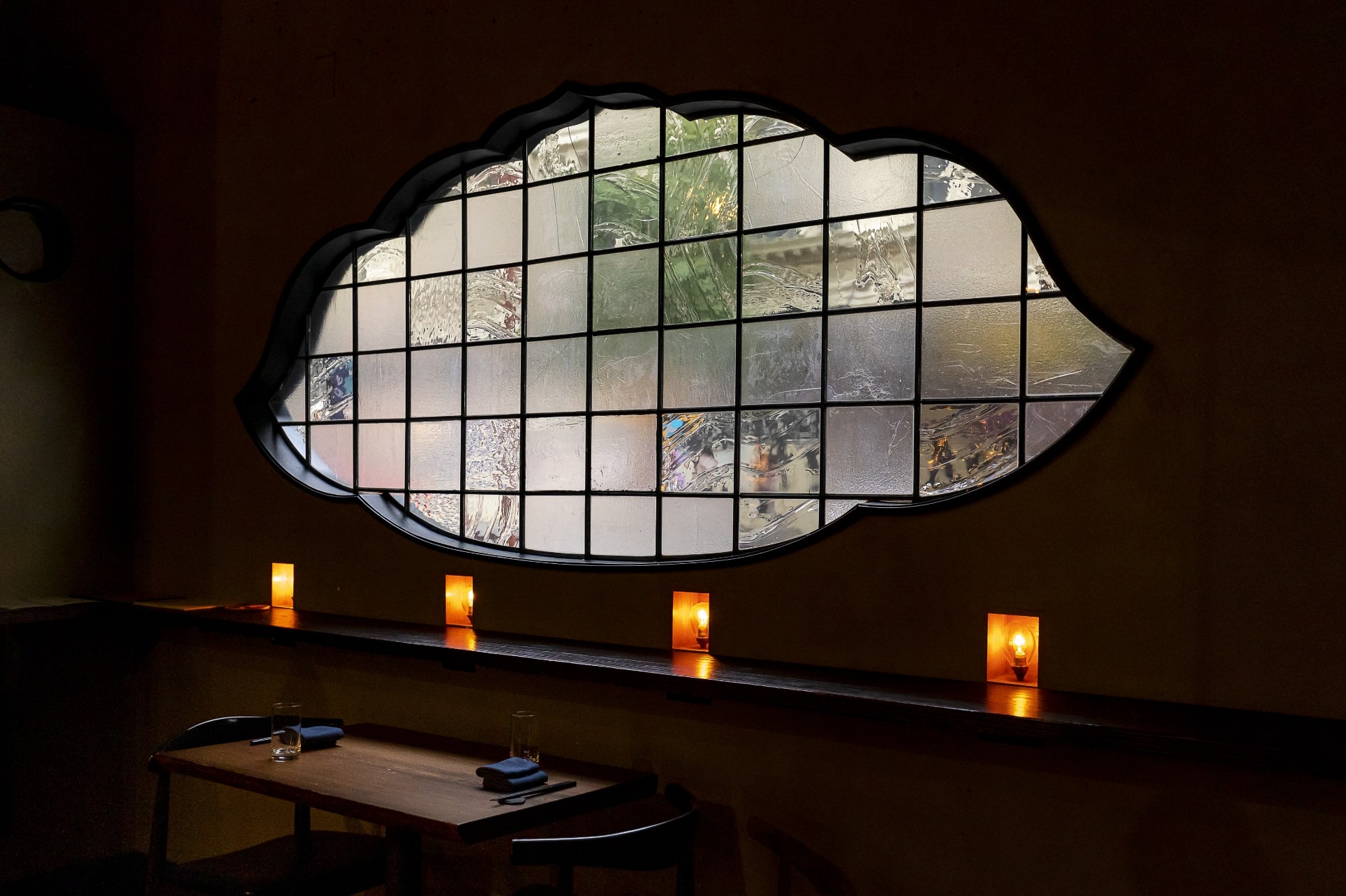
I was moved by GINGA NO SHIZUKU rice that I discovered in Iwate
In November 2019, a little before the world was hit by COVID, I was taking part in a Japan rice conference held by the Japanese Ministry of Agriculture, Forestry and Fisheries in Iwate. Iwate is known as an excellent rice producer, and the brand that I discovered was GINGA NO SHIZUKU. I was moved by this amazing rice that was aromatic, sweet, and pearly. I absolutely wanted to serve it at my restaurant, but the problem was the purchase price. I did not give up. I negotiated with American food trading companies to import GINGA NO SHIZUKU, and my efforts were successful. Since then, I have been using GINGA NO SHIZUKU as the rice at my restaurant.
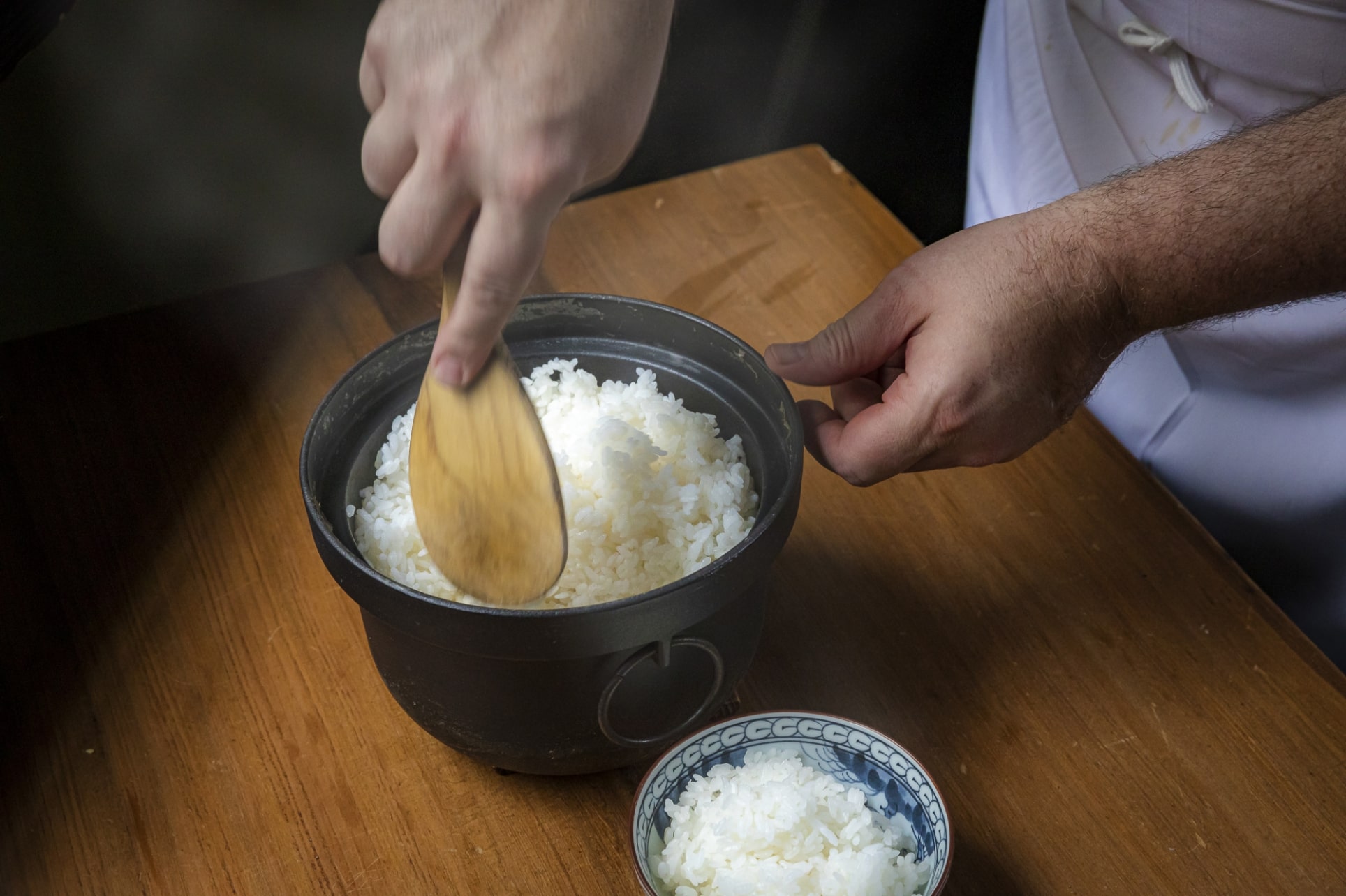
I heat the rice in the iron pot only after receiving the order
The main order at SHIBUMI that uses GINGA NO SHIZUKU is the extremely simple set that combines rice, miso soup, pickled vegetables, and food boiled down in soy sauce. We would normally serve this at the end of the meal, and so we turn on the heat only after receiving the order. We cook the carefully rinsed rice in an iron pot, and it takes about 8 minutes to finish. We serve customers just-cooked rice that is so fresh there is nothing fresher. We serve it with garnishes like dried young sardines, kelp boiled down in soy sauce, and simmered vegetables. The miso that we use in our miso soup is made in house from scratch. The miso sold at stores is always too salty, and so I decided to make my own.
This rice and miso soup set is nothing fancy, but it is because it is such a basic Japanese dish that it is important to pay careful attention to every detail. Customers who have never eaten Japanese food in a Japanese home are delighted by this basic rice and miso soup. Rice does not play a central role in the American dietary world, and I want to use this absolutely delicious rice to change the belief that rice is merely a side dish.
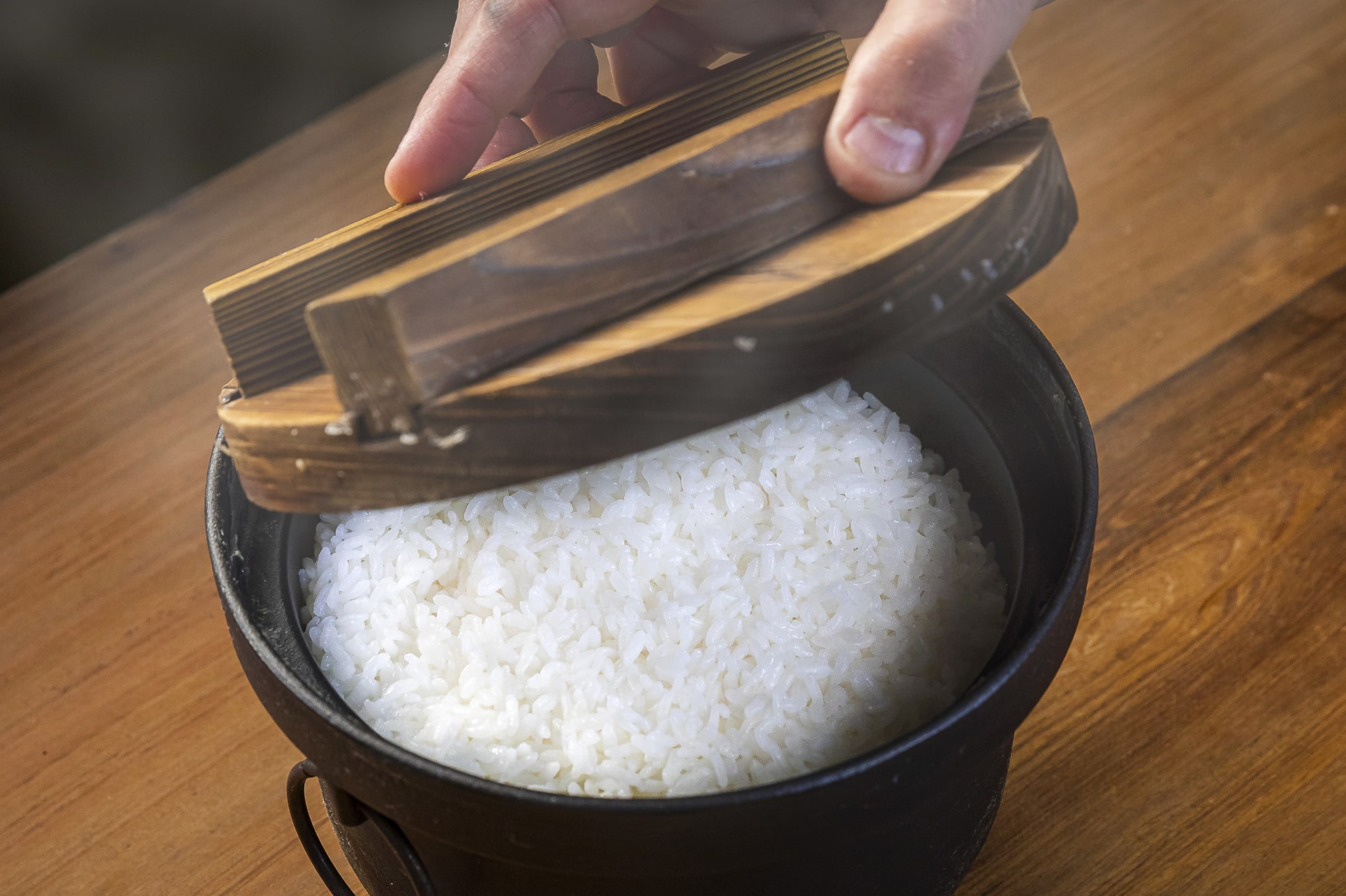
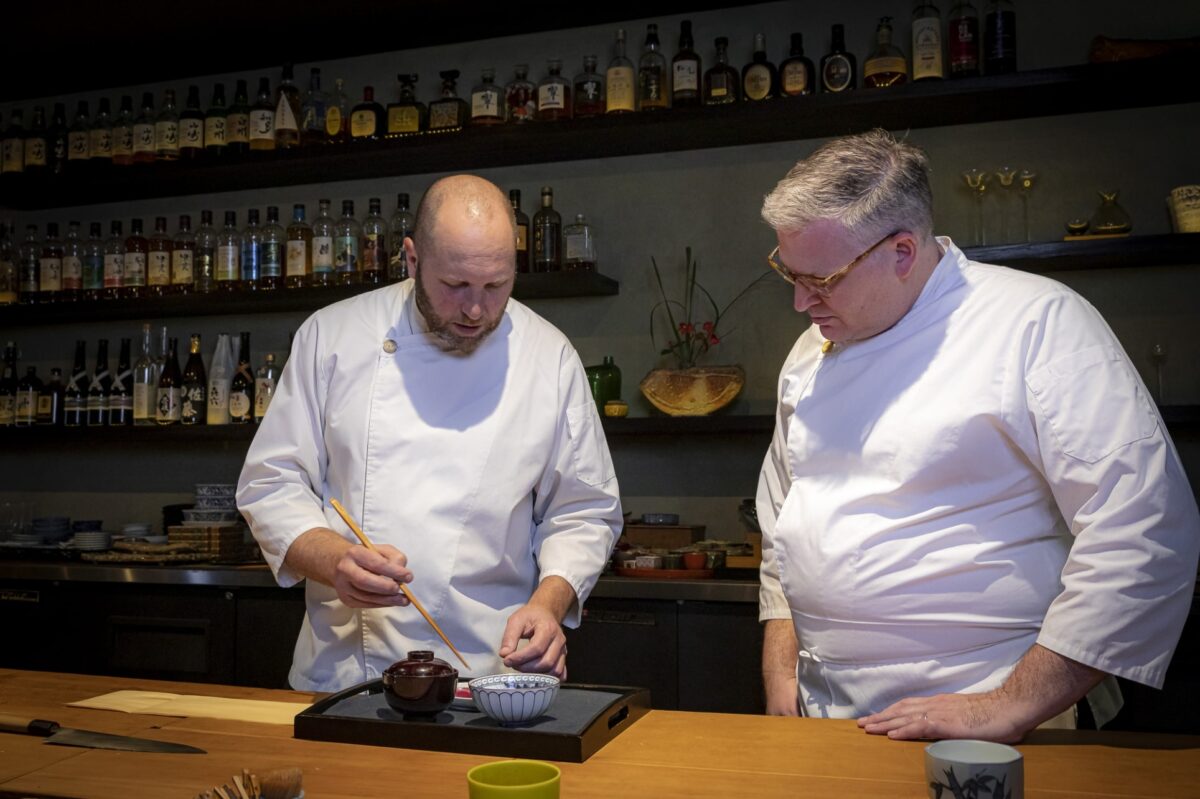
Being an evangelist for genuine Japanese food culture
In March 2024, I will open an Izakaya called Kushibar that will serve primarily skewered cutlet in Echo Park, an area in LA very close to Dodger Stadium. Yakitori is already popular here in the US, but I cannot find any restaurants that serve authentic Japanese skewered cutlet, so I thought I would open one myself. At this Izakaya, I will serve skewered cutlet at reasonable prices. My feeling is that I want people eating skewered cutlet in LA to experience the ease and affordability people have in Japan. Making my food similar to authentic foods in Japan is the basic stance that I have practiced at SHIBUMI.
I have followed this as my basic stance for over 20 years serving Japanese food that sticks to the basics. If I change the form of Japanese food, the next generation will not inherit its true nature. I want to continue to be an evangelist for simple and traditional Japanese food culture.
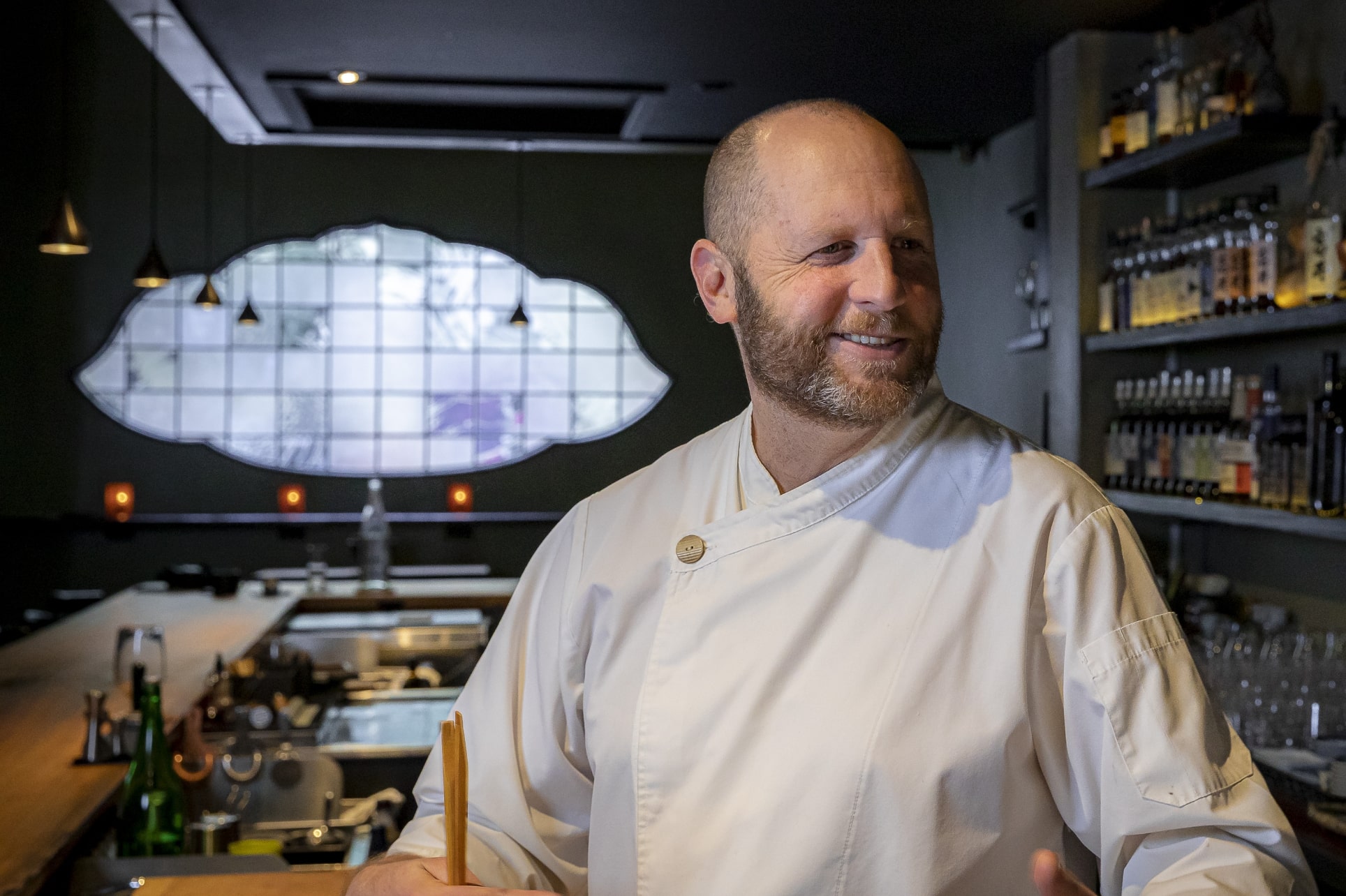
Recommended dish
Miso soup and rice 味噌汁とごはん
At the end of the course, SHIBUMI regulars order the miso soup and rice set to finish off their meal. The basic combination of pearly GINGA NO SHIZUKU rice freshly cooked in 8 minutes only after receiving the order and miso soup that features the gentle flavor of homemade miso leaves a strong impression on our customers.
